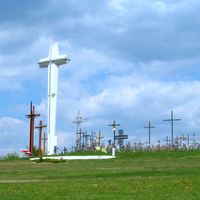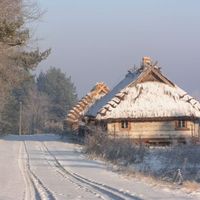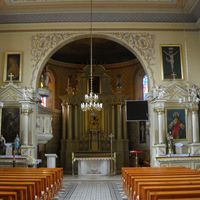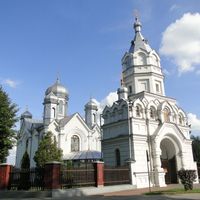Wasilków
6.02
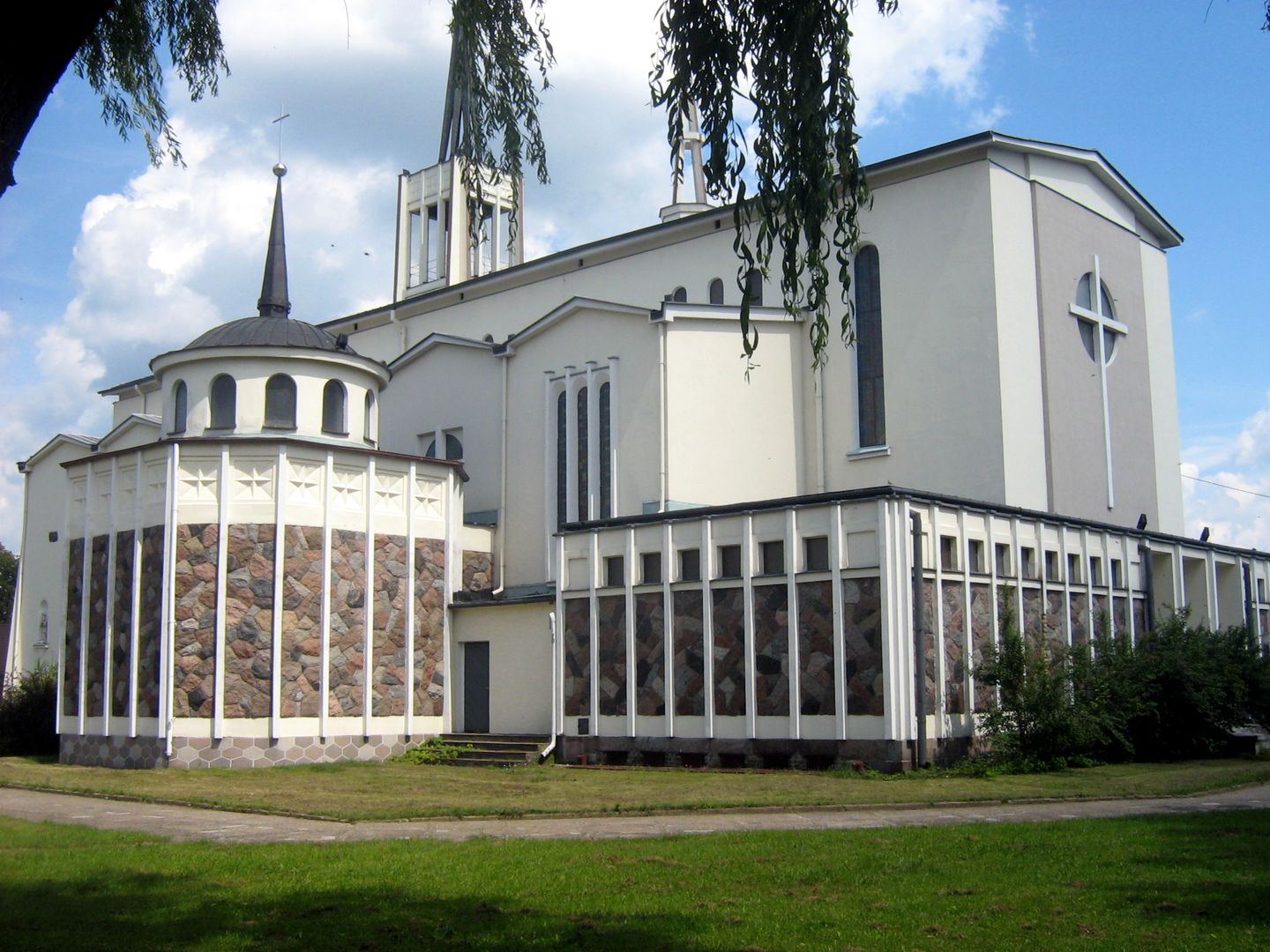
Overview
Wasilków is a town in the Podlaskie Voivodeship, with a population of 12,559 as of the end of 2022. It is situated in the valley of the Supraśl River, just 3 km from Białystok. Historical records mention Wasilków as early as the 16th century, when it was granted town rights in 1566 by order of King Sigismund Augustus. The town has a rich history, originally a settlement dating back to the Mesolithic era, and later a site of colonization by Mikołaj Radziwiłł. Over the centuries, Wasilków was a crossroads of diverse cultures, reflected in its demographic makeup, where residents practiced various religions, including Catholicism, Orthodoxy, Judaism, and Protestantism. A significant event in its history was the fire of 1895, which destroyed half of the town. After Poland regained independence in 1918, the population fluctuated between approximately 3,900 and 5,174 by 1939. Wasilków also witnessed tragic events during World War II, when Jews were deported to camps and the town suffered extensive destruction. Architecturally, Wasilków boasts a Renaissance urban layout, the Parish Church of the Transfiguration, an Orthodox church, and historic cemeteries, including a Jewish one. The Podlaskie Museum of Folk Culture, located in the town, enriches the cultural offerings of the region. As part of the Białystok agglomeration, Wasilków also has well-developed transport infrastructure, including a railway station on the Zielonka–Kuźnica Białostocka line and proximity to National Road 19, facilitating connections with other cities. In 1946, the sports club KS Wasilków was founded, contributing to the town's athletic life by nurturing local talent and fostering community integration. With its rich history and diverse architecture, Wasilków is an important point on the map of Podlasie, full of attractions and cultural traditions.
Location
2025 Wizytor | All Rights Reserved
